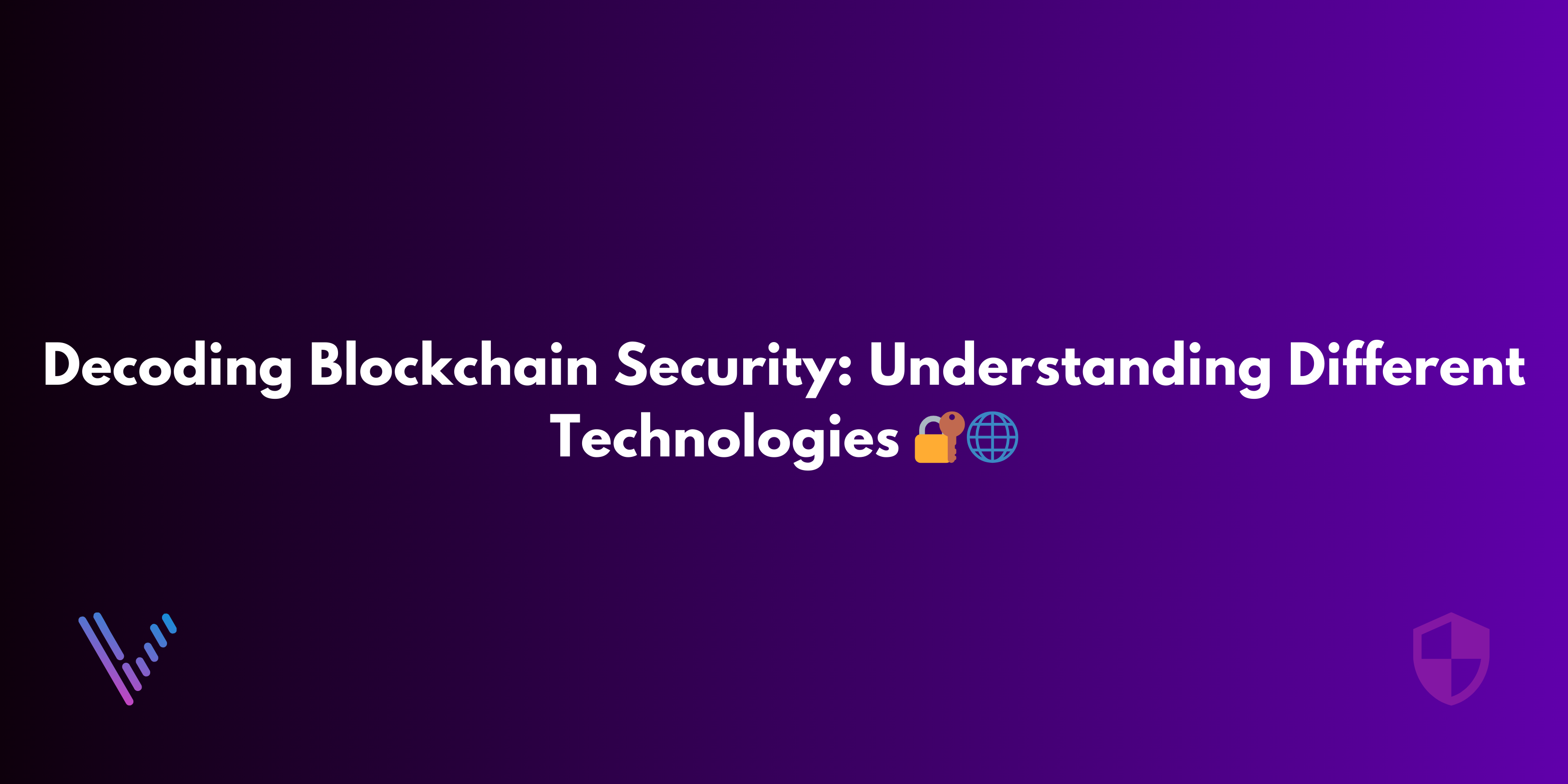Blockchain technology has transformed the way we perceive security and trust in the digital realm. However, not all blockchains are created equal, especially when it comes to security. Here’s a breakdown of how different blockchain technologies stack up against each other:
- Bitcoin Blockchain: As the first, it uses Proof of Work (PoW) to ensure security, relying on a vast network of miners. Its track record is robust, but the massive energy consumption is a concern. 🔢⛏️
- Ethereum: Initially used PoW, similar to Bitcoin, but is transitioning to Proof of Stake (PoS) with Ethereum 2.0, aiming for higher energy efficiency and scalability. This change could redefine its security dynamics. 🔋🔄
- Private/Consortium Blockchains: Such as Hyperledger and R3’s Corda, offer controlled access privileges, which means a compromise in security could come from the inside, making their security model highly reliant on trust among participants. 🔒🤝
- Proof of Stake (PoS) Blockchains: Other than Ethereum 2.0, networks like Cardano and Polkadot use PoS, focusing on security through economic stake which reduces energy consumption but brings in different security considerations, like the “nothing at stake” problem. 💰🛡️
- Delegated Proof of Stake (DPoS): Used by EOS, it’s a variation of PoS, with a limited number of block producers, potentially increasing the risk of centralization and thus, posing different security challenges. 🗳️🏛️
- Hybrid Models: Some, like Polkadot, use a Nominated Proof of Stake (NPoS), attempting to balance decentralization with efficiency, navigating complex security trade-offs. ⚖️✨
🧠 Each technology has its security benefits and potential weaknesses. It’s crucial for blockchain participants and developers to understand the unique security landscape of their chosen platform.


Leave a Reply